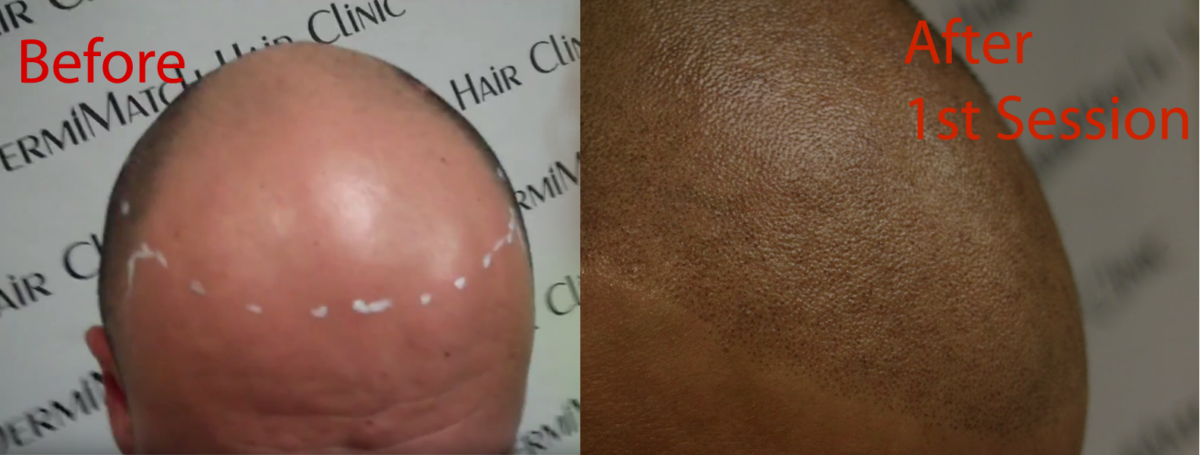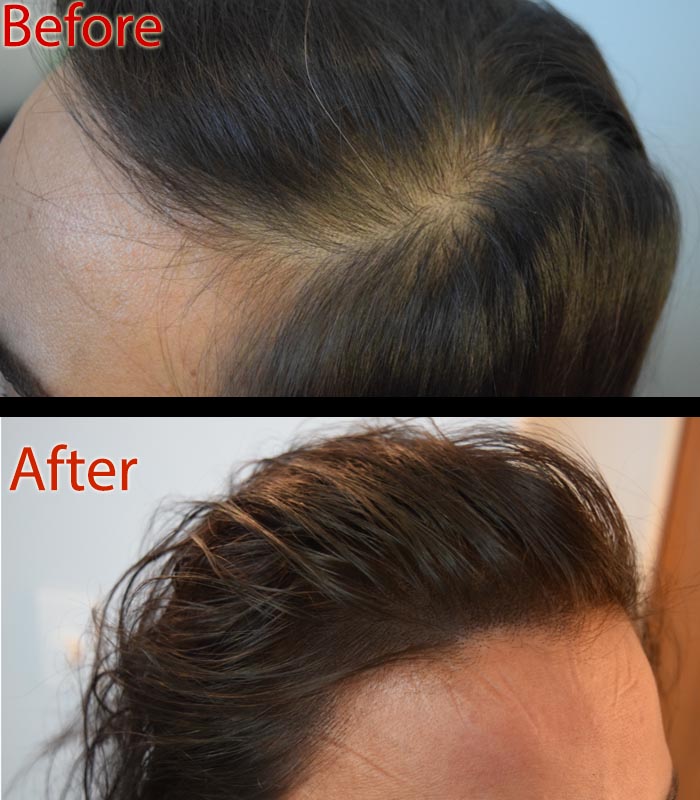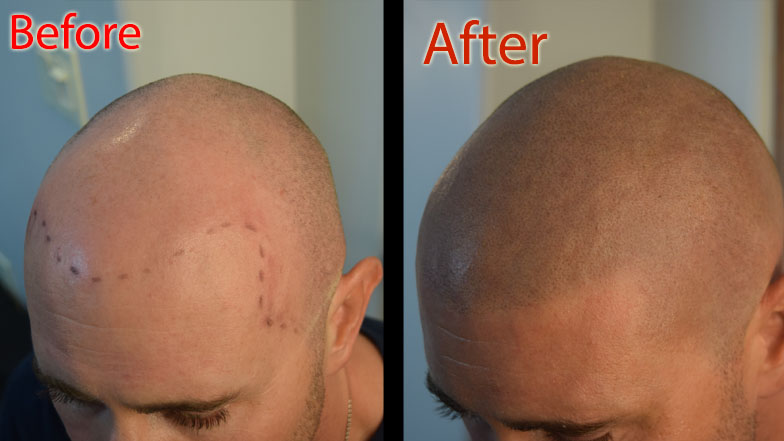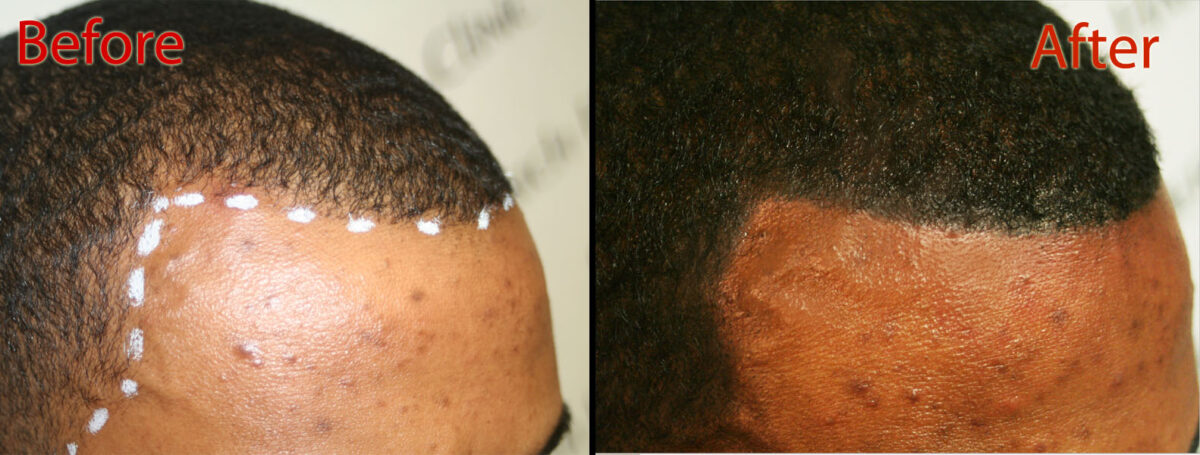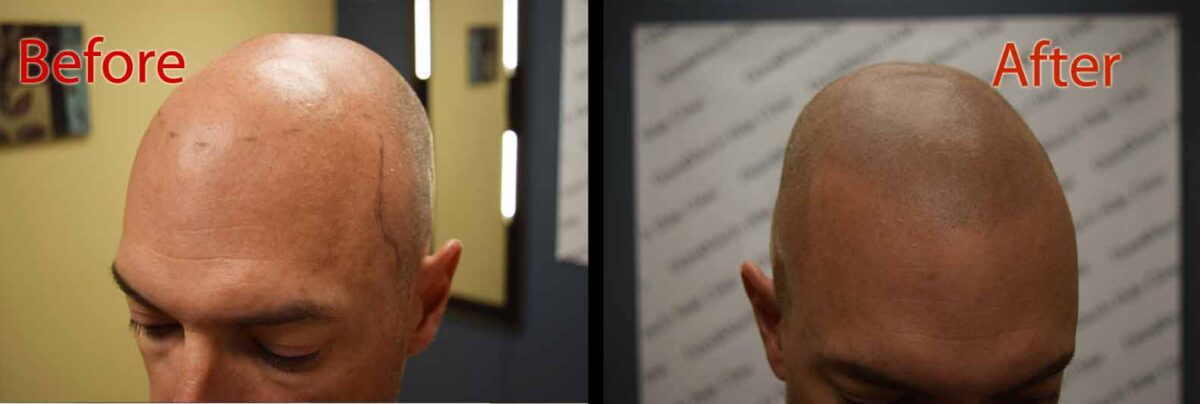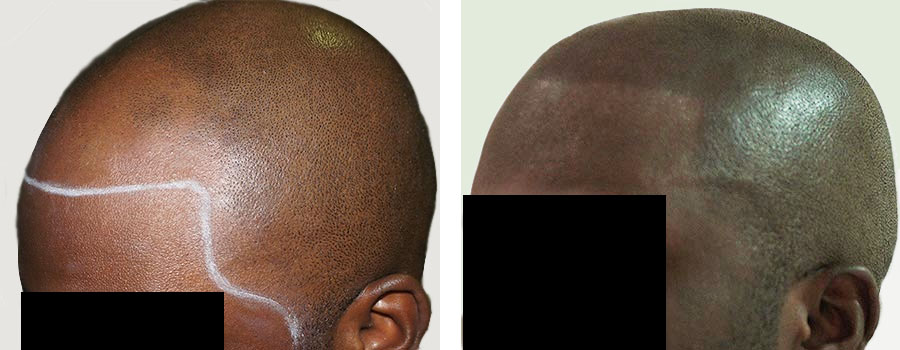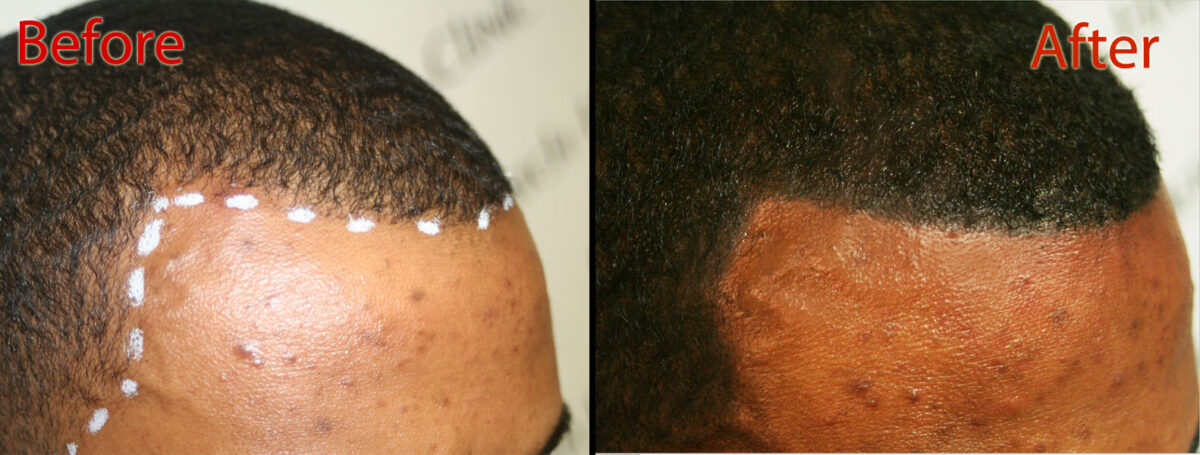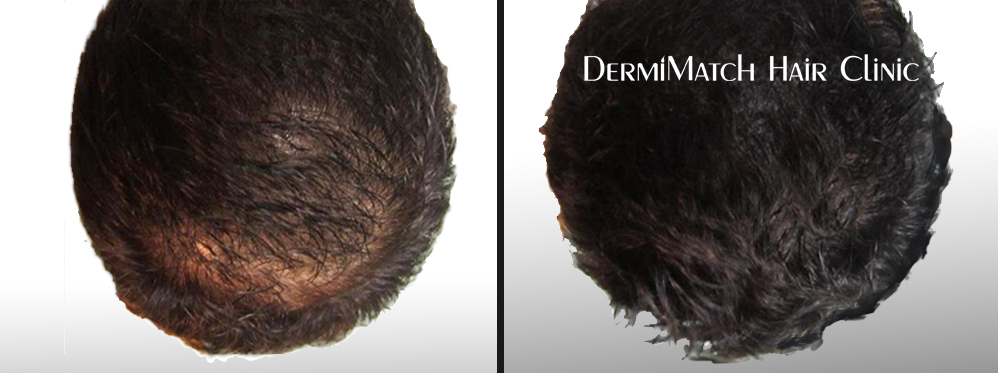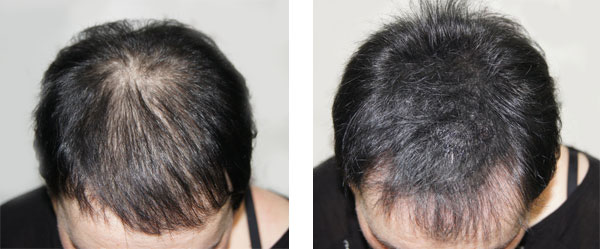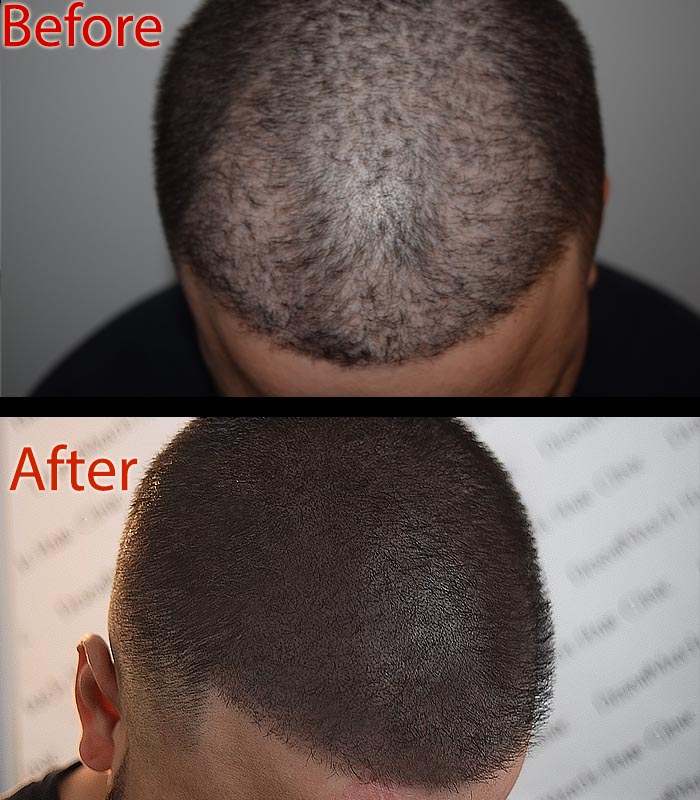Struggling with hair loss? Are you unsure which way to go – hair transplant versus SMP? Both procedures offer potential solutions to balding and thinning hair, but their approach and outcomes differ. So, which is a better option for you: hair transplant versus SMP?
Understanding the critical differences between the two can help individuals make an informed decision based on their specific needs and preferences.
Hair Transplant Versus SMP
Hair transplants and SMP have emerged as popular options when addressing hair loss. Solutions to balding and thinning hair, including hair transplants, are not similar to scalp micropigmentation. They differ in procedure and outcome.
Hair Transplant
A surgical procedure, a transplant involves the extraction of follicles from a donor area. Hair is usually extracted from the back of the head and transplanted to the balding or thinning areas. Transplantation helps hair growth. However, everyone is not comfortable with a transplant since it is invasive and causes post-operative discomfort and scarring. However, those seeking long-term results may be happy with a transplant. Unfortunately, a hair transplant may not solve your problem if hair loss is caused by hereditary reasons, making you susceptible to future hair loss.
Besides, hair transplants are quite costly, and some individuals may require multiple procedures to achieve desired results.
On the other hand, scalp micropigmentation is a non-invasive technique that is not surgical and involves no stitches, cuts, or incisions.
Scalp micropigmentation is a non-invasive procedure that involves the application of natural pigments to the scalp to create the appearance of a fuller head of hair.
Unlike hair transplants, SMP is a non-invasive procedure that does not require incisions or stitches. That means there are minimal side effects of the treatment. The treatment is associated with little to no post-treatment discomfort and no scarring.
Besides, SMP is more affordable than a hair transplant.
What are the risks and side effects of hair transplant and scalp micropigmentation?
One of the biggest risks of a surgical procedure is bleeding, which might occur during or immediately after the procedure. Besides, the treatment may result in itching due to scab formation after the procedure. Scarring is another side effect of the treatment, which may limit hair growth in the affected area.
Recovery may take around 7 to 10 days, and the patient may experience discomfort, swelling, and redness. Full recovery may take weeks.
During the recovery period, the transplanted hair sheds and then starts regrowing. The full results of the hair transplant may not be apparent until 6 to 12 months after the procedure.
On the other hand, SMP may cause a little redness, which may disappear on its own after a few days.
Which is Better: Hair Transplant Versus SMP?
Whether you should opt for a transplant or scalp micropigmentation depends on individual preferences. You may consider your budgetary constraints, the side effects of treatment, and the extent of hair loss.
If you seek a permanent, cost-effective, and low-maintenance solution to hair loss, which is also not invasive, try scalp micropigmentation. Consult with experts for a pleasant experience.
Talk to SMP technicians in Arizona at DermiMatch Clinic for a pleasant scalp micropigmentation experience. The clinic’s best scalp artists are available, backed by a track record of delivering excellent results.

